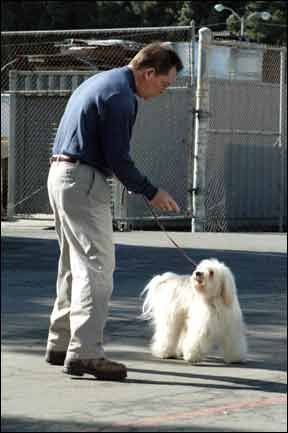If you feel your training has stalled, consider the following:

288
Get help – If training on your own, consider enrolling in a class or booking a private lesson for one-on-one attention. You aren’t expected to have all the answers yourself. All dogs are different. Even if you’ve trained previous dogs on your own, a little professional guidance might be just what you need to jumpstart success.
Seek a second opinion – There are lots of ways to train different behaviors. If you feel you’ve hit a wall with one approach, don’t be afraid to look for new ideas from other trainers who follow similar underlying principles (for example, using reward-based training versus punishment). However, it’s important to do your homework and give each new idea adequate time to work before dismissing it and looking for something else. Even with diligent practice, you can expect it to take weeks and months for behavior to change.

288
Know your limits – Consider your dog training philosophy and know where you stand on the use of various forms of compulsion and punishment. While more and more people are using positive reinforcement to initially train behaviors, many well-meaning people still suggest punishment-based techniques for problem solving. It can be easy to be tempted by the seemingly “quick fix,” especially in the heat of the moment when your frustration is running high. A little honest soul-searching away from training can help you hold tight to your beliefs.
Table it – If a specific behavior really has you stumped, step away from it for a while. If needed, manage the dog’s environment to prevent rehearsal of unwanted behavior and concentrate on things that allow you to celebrate success.






